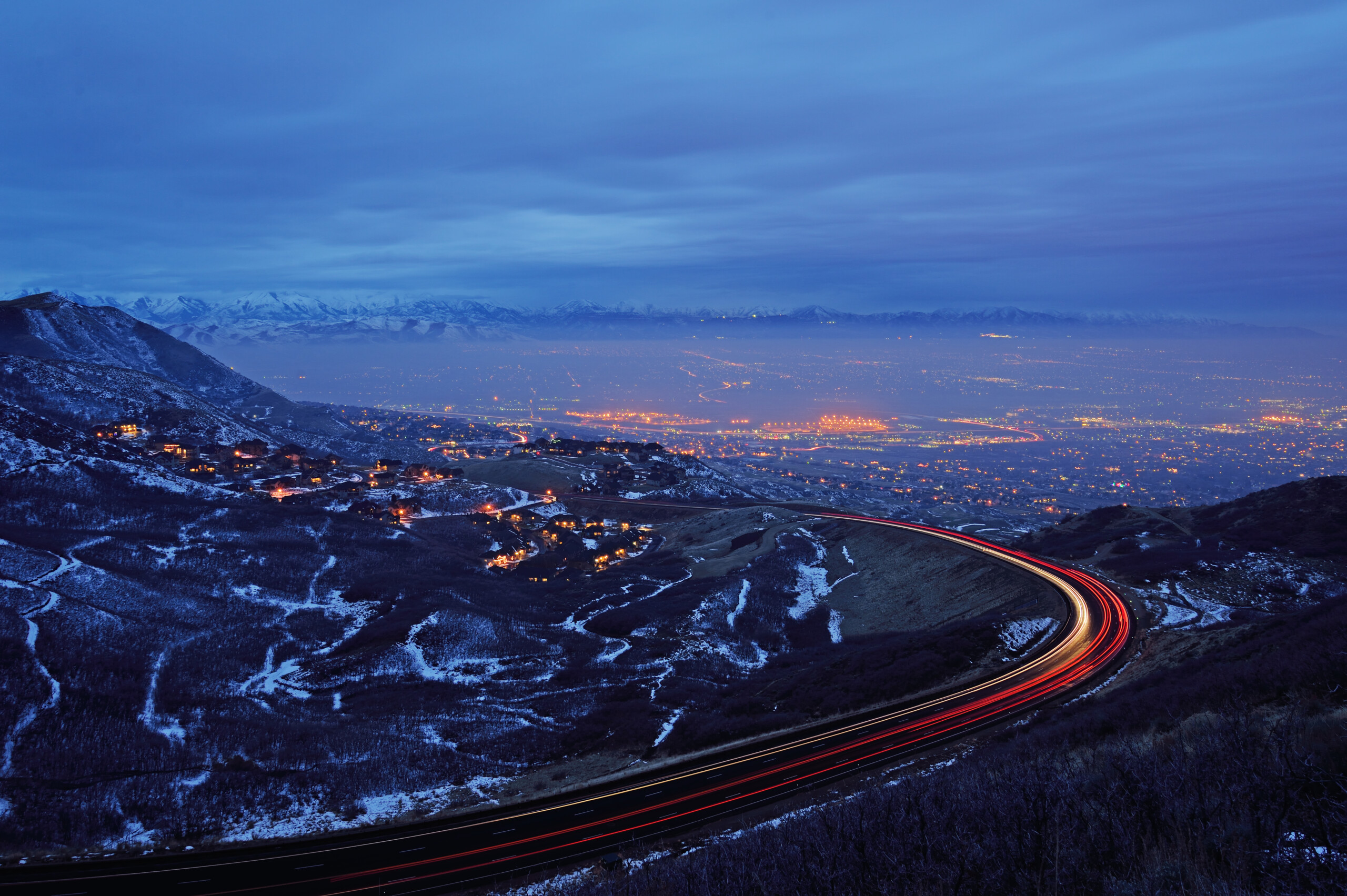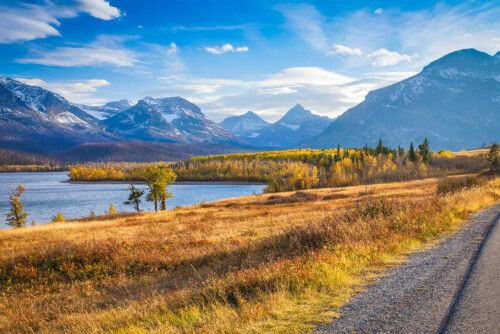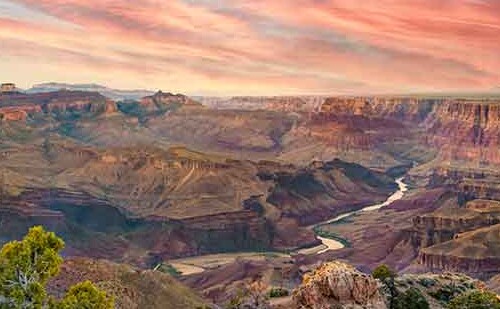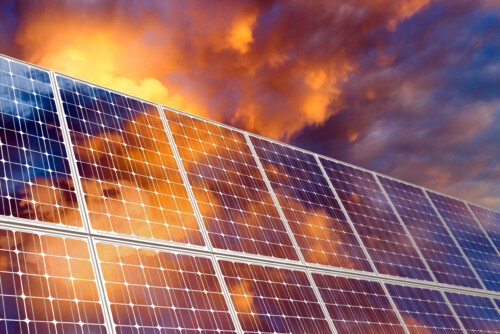Annual Report 2020
Air pollution in the Interior West is driven by several factors, especially emissions from vehicles, coal plants, oil and gas development, and other sources.
Even as we retire coal plants and increase electric vehicle adoption across our region, concentrations of ozone are increasing, spurred on by climate change. Ozone damages the lungs and other organs and leads to premature death, increased hospitalizations, cardiovascular and chronic lung disease, asthma attacks, lung infections and developmental and reproductive harms. Ozone poses a particularly significant threat to children younger than 18 and adults over 65, while a recent study established that excessive heat and high ozone levels combine to have disproportionately adverse health effects on low-income communities.

Ozone pollution plagues much of our country – 3 out of every 8 Americans live in counties with unhealthy levels of ozone. Recent trends show that increasingly, cities in the West and Southwest have the worst ozone pollution. As ranked by the American Lung Association, five metropolitan areas in the Intermountain West – Phoenix, Denver, Salt Lake City, Las Vegas, and Fort Collins — are among the 25 most ozone polluted cities in the nation. The evidence is clear: Climate change is increasing the risk to human health, including for our most vulnerable populations and particularly in disproportionately impacted communities that already suffer from longstanding environmental burdens that place them at greater risk for adverse health impacts including lung and cardiovascular diseases.
We cannot wait to act to solve air pollution in the West.
Saving National Forests from Destructive Proposals
Manti-La Sal National Forest, in Utah, is under threat from proposed oil and gas development projects and other destructive activities such as road building, fossil fuel extraction, and mining. In response to that irresponsible proposed development, WRA and our partners wrote a “citizens’ conservation” management plan alternative for the area in 2020. Our plan includes protections demanded by the Clean Air Act for visibility, air and water quality, soils, plants, and more from air pollution coming onto or being emitted from the national forest, as well as prescriptions that protect and restore watershed health, water quality, and riparian habitat. Our plan will go a long way toward improving wildlife habitat in the Manti-La Sal, and we are advocating for the U.S. Forest Service to consider it in 2021 as part of its forest plan revision process.
Monitoring Air Quality on the Wasatch Front
As of 2020, monitors showed that air quality along Utah’s Wasatch Front is meeting federal standards for particle pollution, or particulate matter (PM2.5), one of the deadliest forms of air pollution. For decades, WRA had been working to improve air quality in the area, including by securing specific emission reductions from Salt Lake refineries and the retirement of Kennecott Copper’s last coal-fired power plant. However, Wasatch Front emissions are still too high. In June 2020, WRA submitted Utah-specific comments opposing the Environmental Protection Agency’s refusal to further tighten national PM2.5 standards. The EPA’s own scientists urged the agency to tighten the standards, because doing so would save tens of thousands of lives and help address the significantly greater health risks borne by disadvantaged communities. WRA will continue to advocate for stringent PM2.5 standards to ensure that all of the communities in Utah receive the full protections of the Clean Air Act.

Fighting Environmental Rollbacks During the COVID 19 Pandemic
In April, WRA analyzed the potential consequences of the unconscionable Environmental Protection Agency decision to suspend much of the agency’s authority to enforce environmental laws amidst the global pandemic. Focusing on the Clean Air Act and Clean Water Act, WRA implemented a communications plan underscoring the ways in which the EPA abdication threatened public health in Colorado and New Mexico. We pointed to specific sources of emissions in those two states, including the Suncor refinery and the oil and gas industry in New Mexico, that have a track record of emitting pollution, often illegally, in concentrations that have a demonstrable adverse impact on the health of nearby residents. A subsequent study showed that as a result of that EPA decree, concentrations of fine particulate matter and ozone rose significantly in counties with more polluting facilities, as did COVID rates and deaths. As a result of the outcry that that the EPA’s policy jeopardizes public health during the pandemic, the agency agreed to end its untenable policy on August 31.
Accounting for Greenhouse Gas Emissions from the Oil and Gas Industry
WRA was instrumental in securing oil and gas permitting rules that will provide sound estimates of greenhouse gas (GHG) emissions from proposed projects and help Colorado meet its GHG reduction goals. As a result of our advocacy, the Colorado Oil and Gas Conservation Commission (COGCC) agreed to require oil and gas operators to calculate preproduction and production emissions from their planned operations. The COGCC also adopted rules requiring an annual report on whether the oil and gas sector was meeting Colorado’s statewide emission reduction goals, and specifying measures and controls implemented by operators or embraced by credible institutions to further minimize the impact of oil and gas on climate. Now the COGCC and the public will have the information they need to ensure that the agency truly lives up to its statutory obligation to minimize cumulative GHG emissions and meet emission-reduction targets. Along with facilitating reductions in GHG emissions, the rules will result in significant reductions in the emissions of other air pollutants that pose great risk to surrounding communities.






